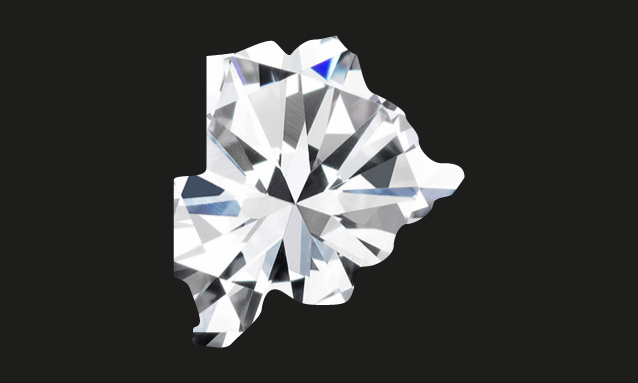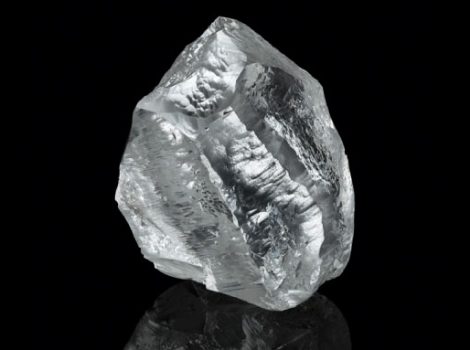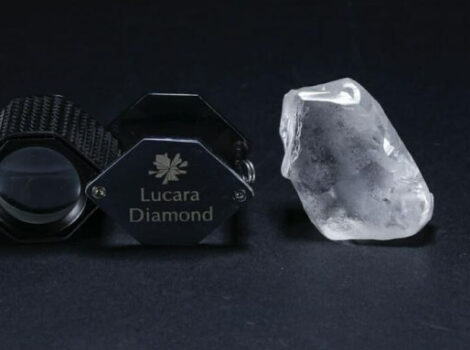
Diamond miner De Beers’ rough diamond production increased by 134% year-on-year to 8.2-million carats during the second quarter, which the miner says reflects “planned higher production” to meet stronger demand for rough diamonds.
In Botswana, production increased by 214% to 5.7-million carats, while production in Namibia decreased by 6% to 300 000 ct, primarily owing to planned maintenance of the Mafuta vessel, which was completed in the quarter, and another vessel remaining demobilised.
Production in South Africa increased by 130% to 1.3-million carats owing to the planned treatment of higher-grade ore from the final cut of the Venetia open-pit, while production in Canada increased by 14% to 900 000 ct.
De Beers on July 20 said consumer demand for polished diamonds continued to recover during the quarter, which led to strong demand for rough diamonds from midstream cutting and polishing centres, despite the impact on capacity from the severe Covid-19 wave in India during April and May. Rough diamond sales totalled 7.3-million carats from two sightholder sales (sights) cycles, reflecting the impact of the reduced Indian midstream capacity on Sight 4.
This compares with the 300 000 ct sold during two sights in the second quarter of 2020 and the 13.5-million carats sold during three sights in the first quarter of this year.
Overall, the consolidated average realised price for the first half of the year increased by 13% to $135/ct, which De Beers said was driven by an increased proportion of higher-value rough diamonds sold.
While the average price index remained broadly flat, the closing index increased by 14% compared with the start of this year, reflecting tightness in inventories across the diamond value chain as well as positive consumer demand for polished diamonds. Taking the quarter’s results into account, De Beers tightened its full-year production guidance to between 32-million and 33-million carats, compared with the previously estimated production guidance of between 32-million and 34-million carats.
The production guidance is, however, subject to trading conditions and the extent of any further Covid-19-related disruptions, De Beers said.
Diamond production rises as demand strengthens
Debswana’s production in the second quarter of the year rose to 5.7 million carats, about 16% higher than the first quarter, with officials noting stronger demand for the precious stones.
Debswana’s output in the second quarter was 214% higher than the amount produced in the corresponding quarter of 2020, a period hit by COVID-19 restrictions and global demand weakness. The latest figures underline the cautious recovery of the rough diamond sector, which in turn is underpinned by rising consumer demand in the key markets of the United States and China.
In a commentary on Wednesday, Anglo American officials said consumer demand for polished diamonds continues to recover, leading to strong demand for rough diamonds from midstream cutting and polishing centres.
This is despite the impact on capacity from the severe Covid-19 wave in India during April and May. Anglo American holds 85% equity in De Beers, which in turn holds 50% shareholding in Debswana, with the balance held by the Government of Botswana. Debswana’s second quarter production accounted for about 70% of De Beers’ total production of 8.2 million carats for the quarter.
Half year production for Debswana reached 10.7 million carats or 43% higher than the corresponding period last year. Average diamond prices across the De Beers mines globally were 13% higher in the first half of the year due to an “increased proportion of higher value rough diamonds sold, officials said.
Source: http://www.miningweekly.com/article/de-beers-second-quarter-rough-diamond-production-up-134-2021-07-20/rep_id:3650 & http://www.mmegi.bw/index.php?aid=90711&dir=2021/july/21



